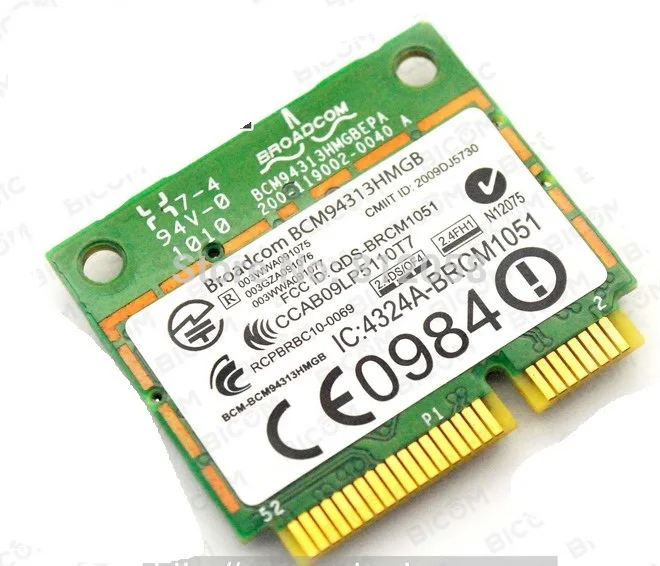I run Windows 10 on Boot Camp. I am having an issue where I am unable to access the internet due to faulty drivers for the Broadcom WLAN 802.11ac installed in my computer. I have tried updating my drivers via opening Boot Camp on MacOS, downloading the 'latest' drivers (according to Boot Camp), and then installing them on Windows 10. Broadcom NetLink BCM5785 Gigabit Ethernet 14e4:1699 Broadcom NetLink BCM5785 Fast Ethernet 14e4:16a0 Broadcom NetLink BCM5787M Gigabit Ethernet PCI Express 14e4:1693 Broadcom Network Adapter 14e4:1689 Note: These devices were obtained from the Broadcom Tigon3 driver and should be compatible.
Translation(s): none
Broadcom 5701 Driver For Mac Windows 7
WiFi wireless networking on MacBooks generally works under Debian, sometimes out-of-the-box, but support and configuration depend on the specific hardware (and kernel support for it), and often requires some hacking.
If the network card is supported by the kernel then simply refer to the documented WiFi instructions in case of problems. However, if the network card is not supported by your running kernel, then some hacking may be required.

Contents
Initial setup and check
Broadcom 5701 Driver For Mac Drivers
If you’ve installed Debian with the Laptop or Gnome-Desktop installation, you have the basic necessary tools; otherwise install wireless-tools for wireless, and optionally NetworkManager for a user interface (so you can select a network), or use an alternative, as discussed at WiFi.
To start, try running iwconfig.
If iwconfig doesn’t run, please install wireless-tools and then try again (or use the full path, /sbin/iwconfig).
If iwconfig runs and shows a WiFi card, your hardware configuration is probably ok, and you should try to connect to your desired network using NetworkManager, iwconfig, or other tools, as discussed in How to use WiFi.
- Return here if you have reason to believe that you do, in fact, have hardware problems.
If iwconfig runs and does not show a WiFi card, and you do have a WiFi card (as all Intel MacBooks do), then you have a hardware configuration problem, and this is the page for you!
After you’ve fixed your hardware configuration, you can setup your connection as in How to use WiFi.
Getting packages
It is significantly easier to setup wireless with a working (wired) network connection, for installing packages and finding documentation.
If you do not have access to a wired connection, you can boot into Mac OS X (if you are dual-booting) and download required packages, or else obtain them from a separate computer with working wireless connection, but this may require re-booting into another OS and then back into Debian as well as using dpkg manually to install packages instead of aptitude/apt-get.
Identify wireless card
The first step is to identify your network card; 'AirPort' and 'AirPort Extreme' are Apple product names for varying hardware, with 'AirPort Extreme' meaning 'IEEE 802.11g' (and for more recent cards, /n (802.11n)). Different cards require different configuration.
Under GNOME or KDE, one can use a graphical application, as described at How to Identify PCI. Alternatively, one can check manually via:
MacBooks before the late 2008 models use Atheros chipsets, while late 2008 are now using Broadcom 4322 chipset.
Most Atheros models work out-of-the-box; Broadcom chipsets all require non-free firmware, and thus require some user intervention.
Broadcom chipset
Reference: bcm43xx and wl
The b43 driver requires non-free firmware for device operation. The b43-fwcutter utility can be used to extract firmware from a Broadcom-provided driver.
Atheros chipset
Atheros chipsets will work automatically with either the ath5k (802.11a/b/g) or ath9k (802.11a/b/g/n) modules.

CategoryWireless